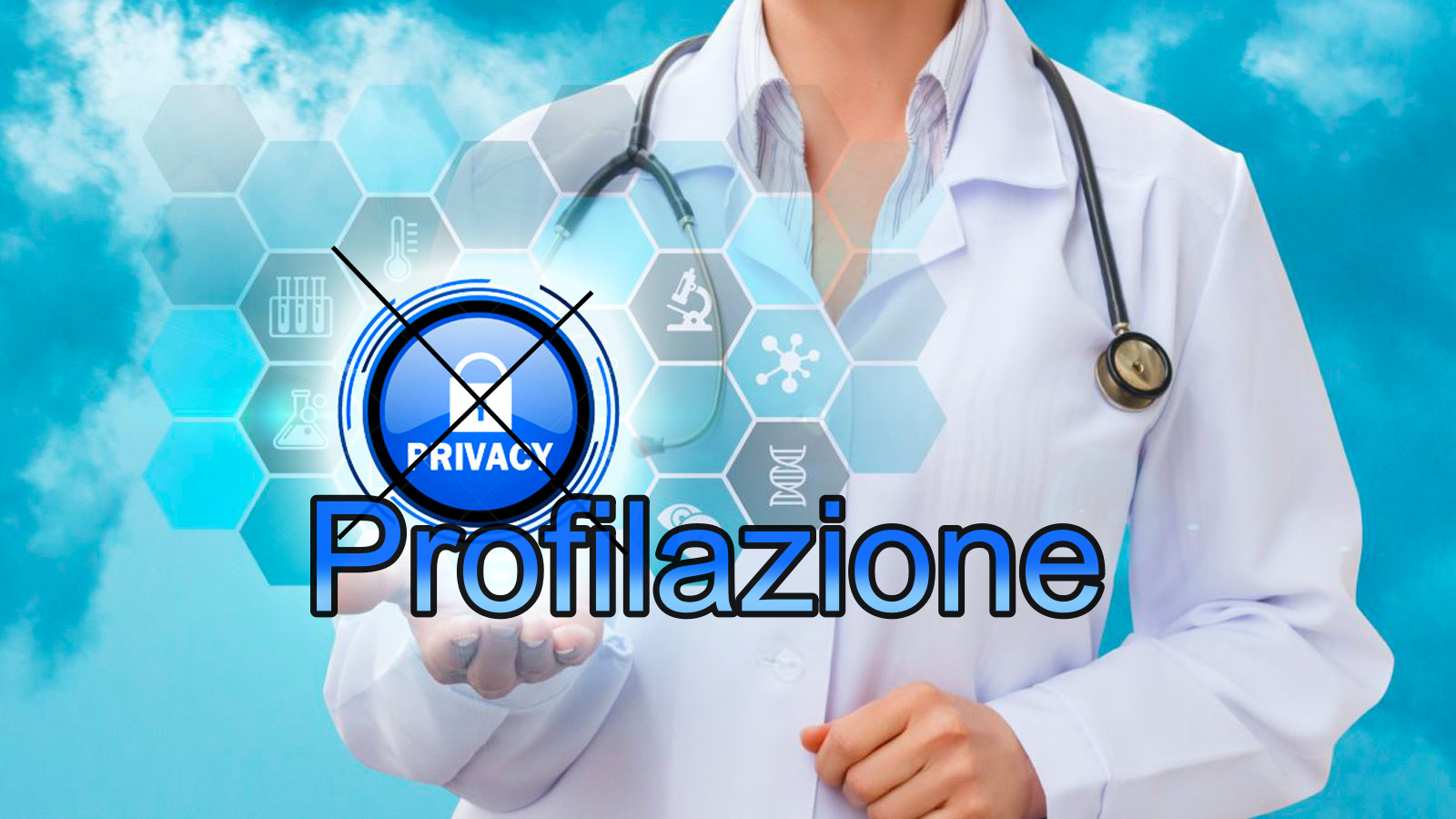Sul numero 204 del Magazine AboutPharma del 12 Gennaio 2023 è stato pubblicato un interessante articolo dal titolo “A data-driven method: following "traces" on the web helps to profile doctors” a cura di Massimo Zaninelli (Maxer Consulting), Laura Gatti, Marco Santagostino (Haleon) e Fausto Volonté 
L’articolo parte dall’indagine condotta da MediPragma in 2020 which highlighted how the Pharmaceutical Representatives (Isf), unable to go to doctors due to the lockdown, have adopted alternative models of remote promotion and support. Since September 2020, some companies have resumed the traditional visit activity, integrating it with remote meetings to consolidate the integration between face-to-face and remote information.
The "customs clearance" of communication between pharmaceutical companies and doctors through digital channels has brought down many preconceptions but, at the same time, has posed a new problem: how to decide which are the most effective channels for reaching the individual professional?
As known, the main sources of professional updating for doctors are the medical-scientific informants and the internet. The web is already recognized as more useful by more than 70% of doctors.
It is interesting to note that, compared to the 2019 version, the Code of Conduct of Farm industry 2022
Given the acknowledgment of the trade association and the growing propensity of doctors to use digital media for their updating, many companies are considering directing their processes and communication means towards Non personal promotion (Npp).
Multi-channel aptitude is commonly traced through the evaluation of the Isf, with obvious bias due to subjectivity or collected with equally potentially approximate self-assessment requests.
The search for a data-driven method, objective and based on public data, to profile digital behavior has led the authors to develop an algorithm that measures the level of digital knowledge of each doctor based on the generational bracket and the degree of digital literacy . The algorithm measures the quantitative and qualitative trace left by the activities that doctors operate on internet pages and on the main social media (Digital footprint: Df) which can vary according to the different geographies. The Df offers enough information to analyze both the quantity of online activity and its quality.
The algorithm was tested in August 2021 in a case study involving over a thousand specialists from three Italian regions, respectively in the North, Central and South, each of which has a population of specialists for the analyzed therapeutic area ranging between 350 and 400 people.
L’algoritmo permette di collocare i medici in base a caratteristiche e comportamentali. Ciò consente di
More than fifty industry experts have expressed their evaluations on the pilot study and on the possibility of adopting the methodology for guide the activity of medical-scientific information in a targeted way. Overall, the experts found how digital profiling produces data that companies currently lack. This data was considered relevant for customizing the digital channels through which doctors receive company updates. Therefore, the profiling methodology is potentially capable of increasing the effectiveness of digital marketing initiatives. However, despite recording a high interest in objective digital profiling, the need for reassurances regarding compliance with privacy regulations and the potential impact of disintermediation in the company-doctor relationship remains strong.
Gli Autori dell’articolo sottolineano che ormai eThere is a widespread awareness that digitization is destined to become more relevant in the commercial processes of healthcare companies. In particular, the data-driven approach seems to envisage a change in the relationship between companies, informants and doctors.
This is already reflected today in the experiences of market companies based in Northern Europe which, for some therapeutic areas, have converted the entire medical-scientific information activity to digital. It is also striking that the 95-page Deloitte 2022 report “Global Life Sciences Outlook. Digitization on a large scale: fulfilling the promise of science” never mention the expression “medical-scientific informant” or similar.
After all, companies in other industrial sectors active in the health sector (e.g. insurance companies) have already successfully adopted data-driven marketing models. This evidence, together with the constant refinement of the digital behavior profiling algorithms, foreshadows important development opportunities for the use of digital profiling by drug companies and, more generally, by health.
Operators in the Life Sciences sector have access to a myriad of tools to collect and analyze data and therefore the time has come for them to have a tool that allows them to choose the digital channels through which to operate based on objective and large-scale data stairs.
Note: For data-driven means be guided by numbers, have a data-based approach, to make informed decisions, based on objective facts and not on personal sensations. According to supporters of this practice, it is only public information, thus avoiding infringing on privacy laws GDPR.
Related news: “Smart” work for ISF. a survey by Medi Pragma
